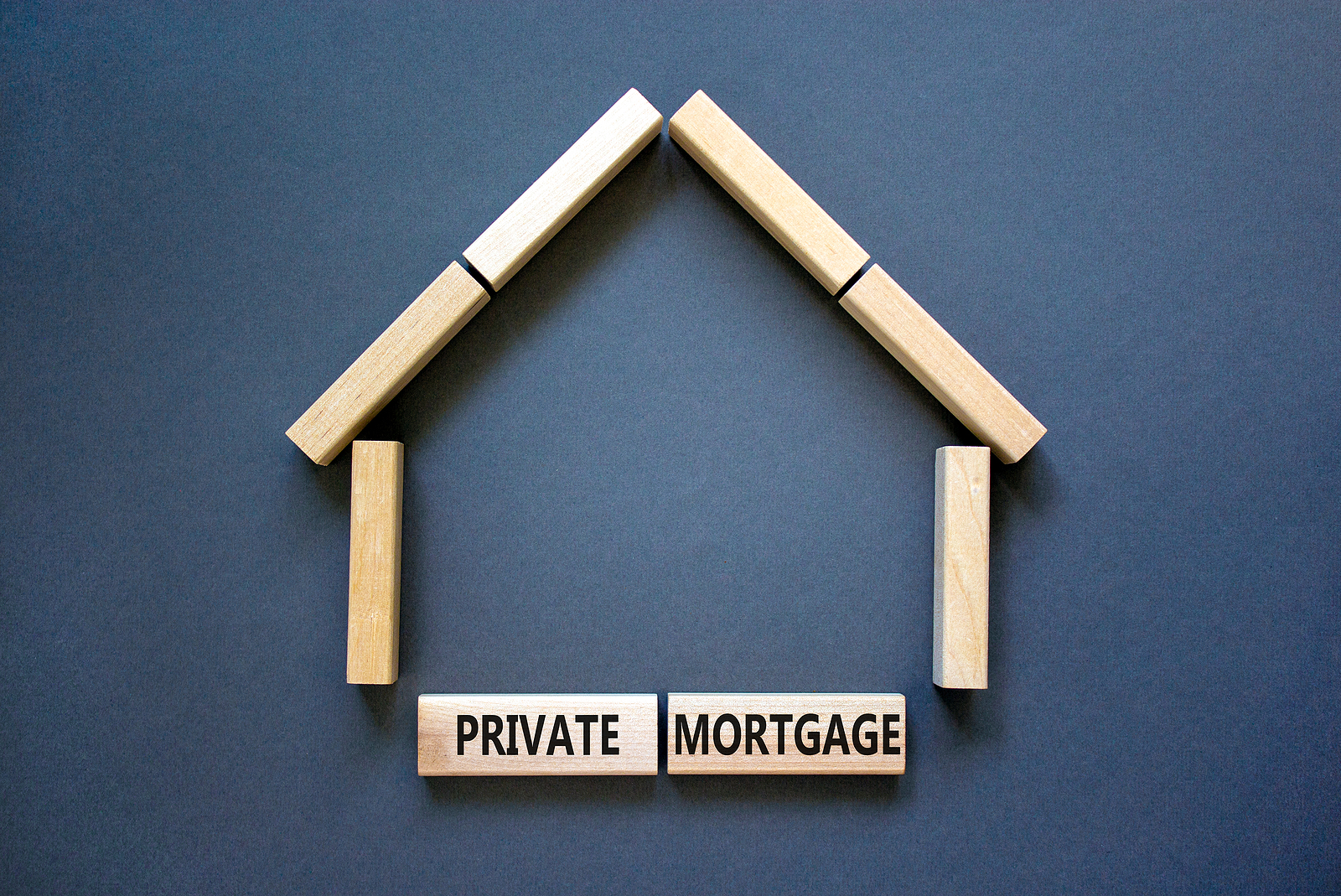Most American homebuyers at the turn of the 20th century were forced to pony up 50 percent of the home’s appraised value to get a mortgage. Needless to say, most low- and middle-income folks’ version of the American Dream didn’t include homeownership.
Today, it’s not at all uncommon for cash-strapped homebuyers to put down far less than the “standard” 20 percent of the home’s appraised value – but the privilege comes with a price in the form of monthly private mortgage insurance (PMI) premiums.
What is PMI?
PMI (or MIP, short for “mortgage insurance premium,” when dealing with an FHA loan) is a policy that covers the lender if the borrower defaults on the loan. Although the borrower derives no direct benefit from the policy (other than that low down payment), he or she pays the premium.
Since borrowers with less than 20 percent equity in the home are considered high risk, PMI is mandatory, according to Fannie Mae and Freddy Mac.
The price you’ll pay
“The average cost of private mortgage insurance, or PMI, for a conventional home loan ranges from 0.58% to 1.86% of the original loan amount per year,” according to the editors at NerdWallet.com, citing Genworth Mortgage Insurance, Ginnie Mae and the Urban Institute.
With an FHA loan, the borrower on a 30-year loan, with a 10 percent down payment is required to pay an upfront fee of 1.75 percent of the loan amount and then between 1.3 percent and 1.55 percent of the loan amount annually.
Most lenders allow the annual fee to be paid monthly, and it’s tacked on to your mortgage payment.
When can I cancel PMI?
If you took out a conventional loan after July 29, 1999, you can request a cancellation of PMI once your loan-to-value ratio (LTV) reaches 80 percent.
By law, however, the lender must cancel PMI when the ratio is scheduled to reach 78 percent, according to the original amortization schedule, or when the loan reaches its midpoint, regardless of LTV.
So, how do you know when you’ve reached any of the aforementioned milestones? Divide your current loan balance by the current appraised value of the home. If you suspect that your home’s value has increased or you’ve paid the principle down significantly it may be worth it to pay to have the home appraised.
Can I cancel MIP on a FHA loan?
The Federal Housing Administration (FHA) calls its mortgage insurance MIP, for Mortgage Insurance Premium.
Ridding yourself of the MIP payment on a FHA-backed loan is a bit tougher than it is with a conventional loan. If you put 10 percent to 19 percent down on the home you must wait 11 years to be relieved of the MIP requirement.
If you pay less than 10 percent down, the MIP payment remains for the life of the loan.
Now, this only applies to borrowers with FHA-backed loans granted after June 3, 2013. If you have an earlier loan, the MIP termination requirements are different.
With a 15-year FHA-backed loan, you can get rid of MIP when the loan reaches 78 percent LTV. With a 30-year mortgage MIP will also terminate when the LTV reaches 78 percent if you’ve been paying the premium for at least 60 months.
By the way, FHA bases the home’s value on their last appraisal, not its current market value. Typically, the value used to calculate LTV will be what the home was worth when you purchased it.
Additional ways to ditch mortgage insurance
Change your LTV ratio
Changing either side of the LTV ratio may result in the cancellation of mortgage insurance. Either make extra payments, or a lump sum payment to bring down the “loan” portion of the ratio or make improvements to the home or wait for area values to rise to increase the “value” side of the ratio.
The home improvement projects that add the most value to the home are, unfortunately, the most expensive. A minor kitchen remodel will get you the most bang for your buck according to Remodeling magazine’s Cost vs. Value Survey.
Although the national average cost for this project is $28,279, it will add $20,125 in home value.
Yes, that’s a big chunk of change, but if you make this improvement you may raise the value of the home enough to be rid of the PMI payment every month. As a bonus, when you sell the home you’ll make more money than you would have otherwise, and recoup 71.2 percent of the cost of the addition.
Refinance
If the above seems too costly or time consuming, consider refinancing the home. This option isn’t ideal for all borrowers so have your financial advisor crunch the numbers for you.
Keep in mind that a new loan will require closing costs, so your financial advisor will need to take those into account as well.
While it may seem unfair to be forced to pay for an insurance policy that only benefits someone else, PMI does provide an advantage to the cash-poor borrower—the ability to qualify for a home loan.






